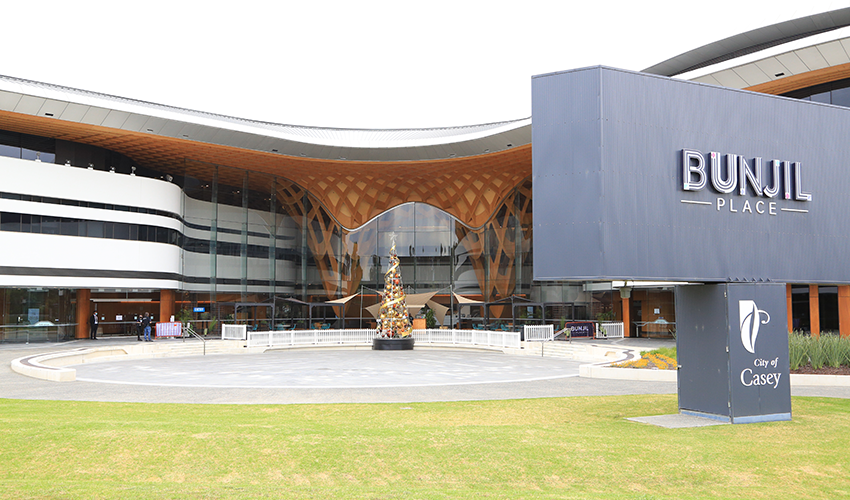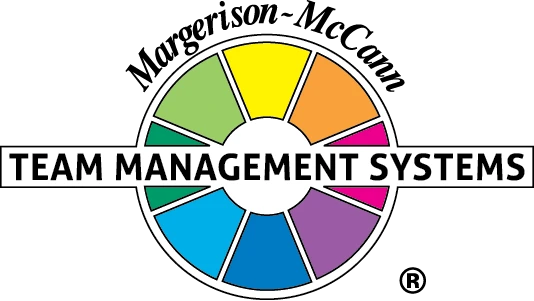
Building Adaptable, Innovative and Sustainable Teams
|
|
This success story and the invaluable insights shared were made possible through the generosity of TMP Accredited Practitioner, Lachlan Joyce. To download a PDF version of this success story click here. |
Challenge
The City of Casey is a local government area in Victoria, Australia in the outer south-eastern suburbs of Melbourne. Casey is Victoriaís most populous municipality, with a population around 350,000.
Like most organisations, the City of Casey faces many challenges that impact performance. Some of these include:
• Funding for a fast-growing and evolving municipality
• Controlling expenditure and achieving a surplus in a rate cap constrained environment.
• Supply chain issues leading to increased cost of materials and workforce shortages.
• Increasing the efficiency of operations to maximise productivity while meeting key community service expectations.
To deliver on its commitments, the City of Casey knew it needed to help leaders and teams build high-performing teams. Previously, some teams had worked with external consultants who had utilised the Team Management Profile (TMP) to great effect. Common reasons for initially engaging with the TMP were to address conflict by better understanding themselves and their colleagues and also understand the gaps that negatively impacted teamwork.
Seeing success at a small scale, the City of Casey wanted to take it to the next level and build high-performing teams across the whole organisation.
Approach
The City of Casey started by accrediting five facilitators internally, to be able to debrief the TMP. This also set them up for delivery on a larger scale.
They incorporated the (TMP) as part of their Elevate #Leaders program. This is an a la carte leadership development program where leaders select courses that include Building Trust, Growth Mindset, Communication, Coaching and others. As TMP Accredited Practitioners, they make key links within the unique programs they run ñ connecting work preferences and ways of working to various leadership concepts.
They took an opt-in approach for departments and teams to complete the TMP with some parts of the business leading the way in terms of ensuring their entire department completed the profile. Overall about one-third of employees have completed the TMP.
For some parts of the business they ran smaller, more intimate sessions to explore and unpack key themes and opportunities within the team. For others, they did larger department workshops combining up to 40 individuals in one room with sub-team breakouts to explore opportunities.
This larger session allowed them to facilitate some of the more general TMP concepts as a whole department, but then an opportunity for teams to do a deeper dive and explore their own team results in the second half of the workshop. Cross-functional collaboration was also encouraged.
New starters, who join a team where the TMP has already been completed, are encouraged by their leader to complete a profile and join a virtual debrief session. These are internally delivered once per month.
The Advanced Reports are also used to help integrate new team members, as well as to analyse functional teams, cross-functional teams and leadership teams.
Outcome
The success of the leadership development program relies on leaders taking ownership for their teamís participation. For many of the officed-based teams, all team members complete the TMP. Many teams have allocated time for TMP in discussions and team planning.
All leaders and teams are encouraged to follow best practices to embed the TMP within their environment following the workshop. This includes dedicating an agenda item to do a deeper dive into their team composition, running Coloured Meetings, using the Pacing and My Team Diagnostic and sharing their profiles with others outside their team. The My Team Diagnostic Tool is recommended as an excellent team review a couple of months after the initial debrief session.
The most common benefit cited by teams is that they have a much greater understanding of each other and team preferences as a result of participating in the TMP workshops.
Many teams have increased collaboration and communication. Others have restructured their work or adjusted their approach according to work preferences.
The TMP is well established as the primary tool to create high-performing teams within the City of Casey.
"The TMP has been an excellent tool as our team undertook a major realignment. Staff were moved to form new teams and using the TMP helped the new teams form, understand each other's different styles and plan according to their strengths and gaps. One team, full of Thruster-Organisers, now holds regular "Blue Meetings" to address the gap in their team."
Janet Reid,
Head of Community Facility Management


